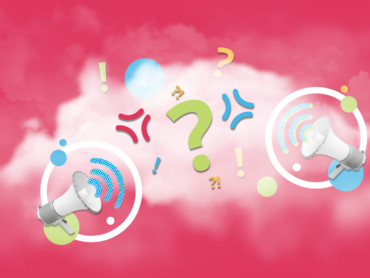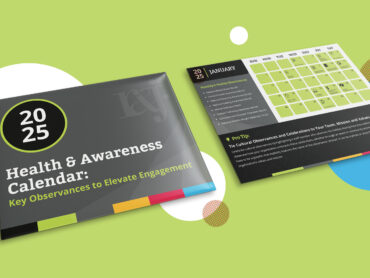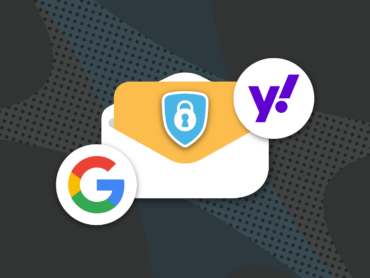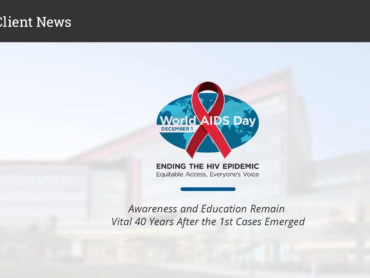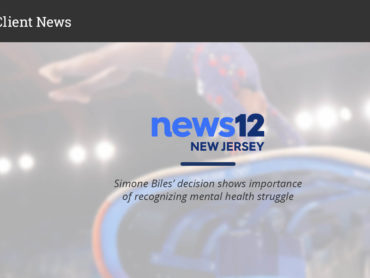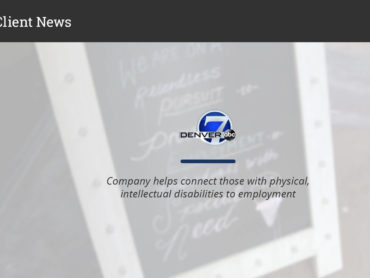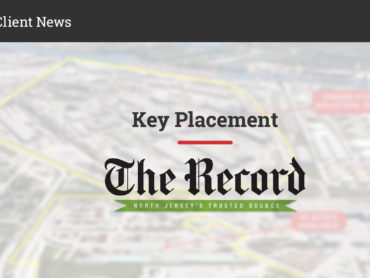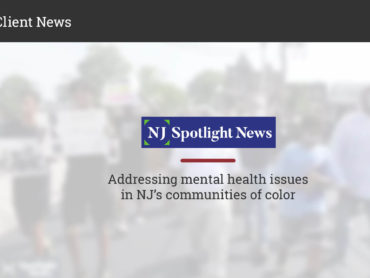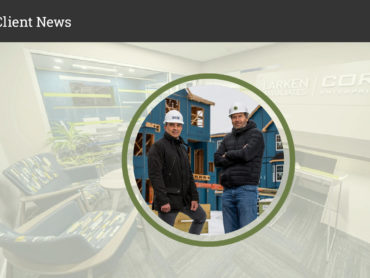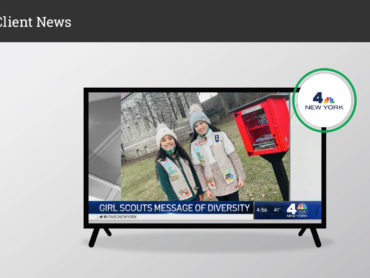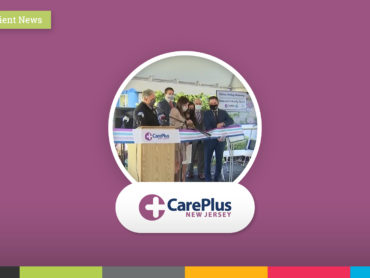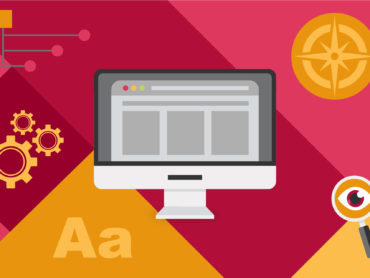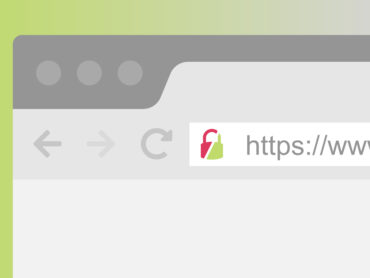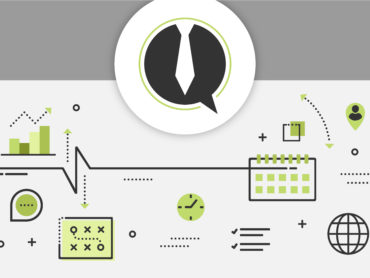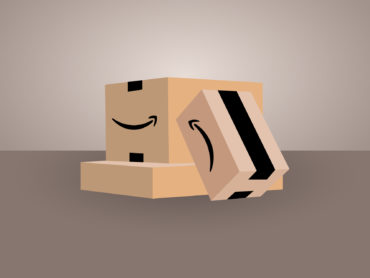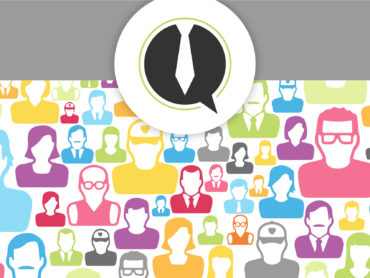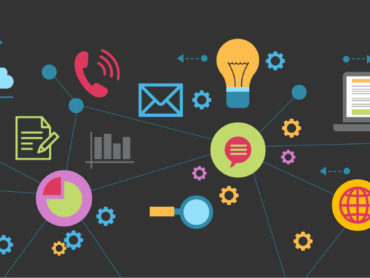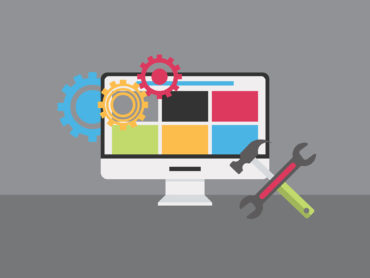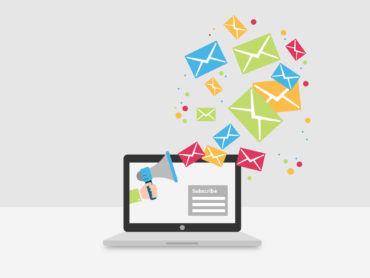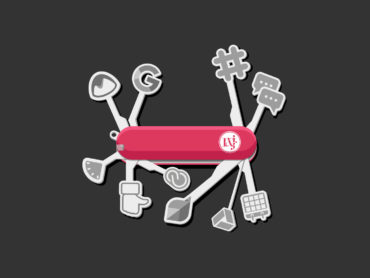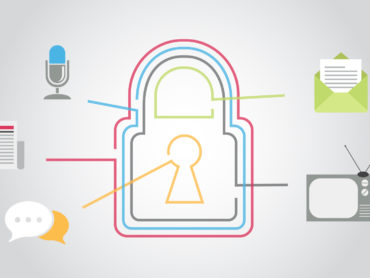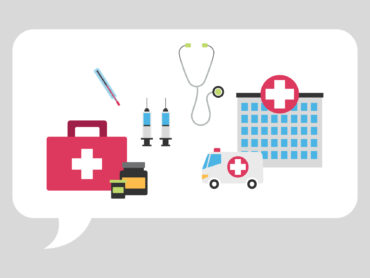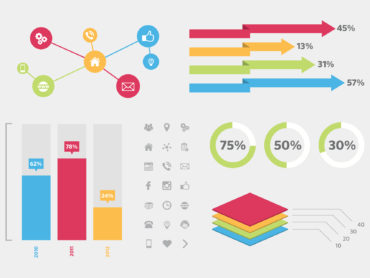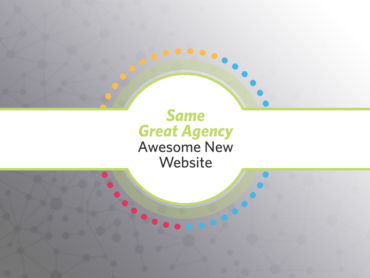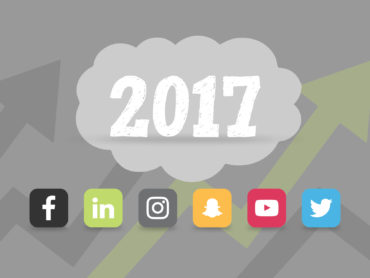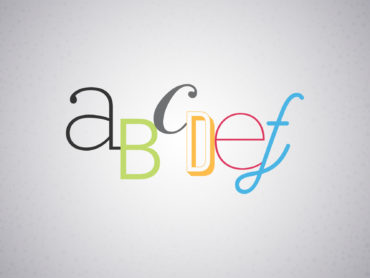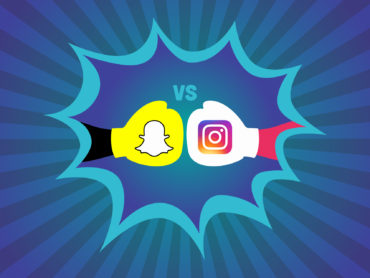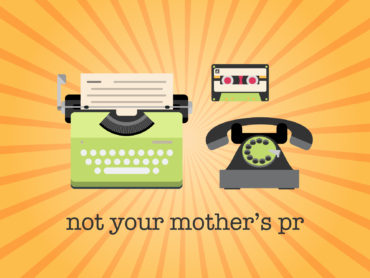5 Ways An Integrated Marketing Strategy Can Accelerate Your Business
Staying connected, and relevant, to your target audiences in today’s fragmented information landscape is no easy feat… and it gets more challenging every day. As the degree of difficulty continues to rise, so does the pressure on the marketing department to perform, unfortunately.
On the most basic level, it’s easy: all you need to do is figure out where your audience hangs out and then deliver content that’s relevant, compelling and appropriate for the channel through which you’re reaching them. But how do you actually DO that and where do you start? At R&J, we start with a framework called the PESO Model and an understanding of the fact that your audience is scattered across a vast and increasingly complex landscape of channels, platforms and devices.
The media and information landscape used to be a lot simpler than it is today. In the not too distant of the past, larger groups of people could be reached through a much smaller number of mass media vehicles; namely print, TV, radio, and out-of-home. That model has been blown up with the massive proliferation of digital channels such as websites, blogs, email, social media, podcasts, streaming services, messaging apps, etc. etc. The list is long and growing every day
As a result, your audience is now spread out across an infinitely wider spectrum of channels, platforms, locations and devices, each of which has its own unique norms, quirks and preferences that must be taken into account.
Thankfully, a solid, strategic approach to integrated digital marketing can make the job a lot less challenging and a lot more impactful when done right. Here’s a quick list of the 5 primary benefits of effective integrated digital marketing in today’s highly-fragmented environment:
1. Help Refine Your Message and Reach your Target Audiences Wherever They Are
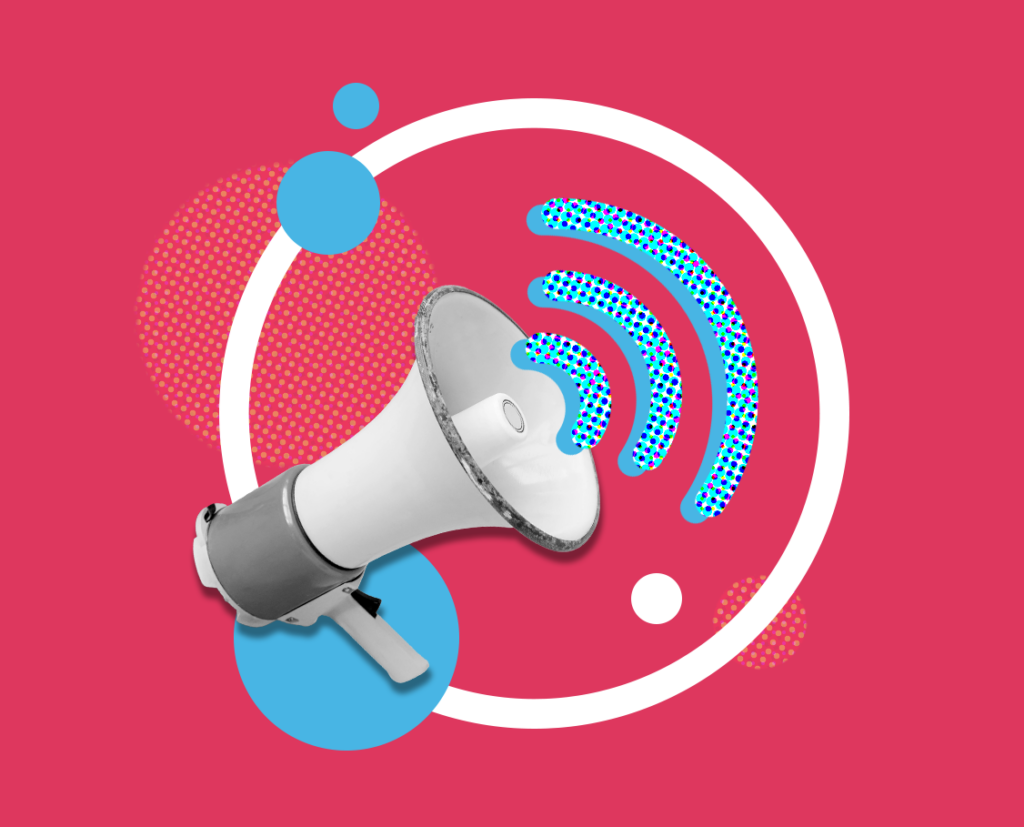
The vast majority of organizations today find themselves with a suite of disparate tools for things like email, web, social media marketing and customer engagement. Most often, this suite of tools has been cobbled together over a period of time to meet individual communications needs, both internal and external. One of the biggest challenges (and opportunities) that communications professionals face today is effectively integrating these tools and using them as the backbone of a comprehensive, coordinated communications infrastructure.
Paid, earned, shared, and owned channels are all powerful vehicles for sharing information and staying top of mind with your audience…. If they’re being used together in an effective, strategic manner. Conducting an audit of your digital infrastructure, properly integrating the tools that you need and getting rid of the tools you don’t, can yield a number of significant benefits and cost savings. One of the biggest benefits is that it will help you approach every campaign from a more holistic perspective, starting with a clear, consistent message and then delivering your content through the right channels and in the right formats to reach and engage your audiences.
2. Help Build Brand Awareness, Authority and Trust in Your Company

Traditional media outlets are no longer the only, or even necessarily the most influential, vehicles for reaching and influencing people in large numbers. There are many studies and polls that show how many people simply distrust the media and don’t know what to believe. In fact, a record-high number of Americans (39%) today say they don’t trust the media at all. This number has been steadily rising for the last several years. Trust in all institutions is at an all-time low and traditional media outlets are absolutely not immune from this trend.
Distrust in the media is one of several reasons that your owned communication channels are more important than ever, and will continue to be for many years to come. Your owned channels provide an essential platform to help ensure that your audiences have a clear understanding of who you are, what you do and what makes you different in your space. If you consistently provide timely, relevant insights and information to your constituents via your website, blog, email, newsletters and other owned channels, they are much more likely to build trust in, and affinity for, your brand in a way that leads to meaningful engagement (read: sales and success).
Effectively using your owned channels is only one piece of the puzzle, of course. You’ve also got to understand the different segments of your overall target audience and identify which channels will be most important, and influential, to each of them. This recent survey conducted by Pew Research is an excellent example of that fact, and of how traditional assumptions about audience segments don’t apply in many situations these days. According to the study, Republicans and young adults (not necessarily two groups who often see eye-to-eye) now trust social media almost as much as they do national media outlets as sources of factual, trustworthy information. The significance of that data point would be difficult to overstate and professional communicators can not afford to ignore it. Social media, both organic and paid, simply have to play a meaningful role in organizational communication strategies and programs now and in the future. Full stop.
3. Save You Time and Money

By distributing content across multiple media channels and using automation tools that help automate the process, you can repurpose content in a meaningful way to keep audiences engaged while making your marketing efforts more efficient. This will ultimately save you both time and money.
To find the right tools for your company you must:
- Set clear goals. Your goals might be more engagement on shared, or owned platforms, new business leads, or growing scopes of work with existing clients but whatever your goals are, your tools should be working with you, not against you.
- Create a content calendar. A content calendar will help the company stay on schedule and clearly mark where each piece of content is going to be posted. The content in the calendar should be relevant information that the target audience will care about and ideally will highlight real people and things at your company.
- Know which platform works best with your current tech stack. Identify which automation tools are in your tech stack and how you can utilize them to deliver your content easily and consistently. If the tools don’t simplify the process, reevaluate them based on your company’s size, budget, and objectives.
- Stay on top of current trends: Needless to say, things are changing quickly and substantially these days, so you need to stay on top of emerging trends, outlets, platforms and your audiences’ preferences to make sure you’re able to reach them wherever they are at any given moment.
At R&J Strategic Communications, we use Hubspot to integrate our comprehensive marketing & communications campaigns for ourselves and several of our clients. It’s a robust, but intuitive platform that allows us to plan, schedule, execute, monitor, analyze and enhance our communications with internal and external audiences scattered across the vast and ever-evolving landscape today.
4. Help You Gain Meaningful Insights and Increase Your Competitive Advantage
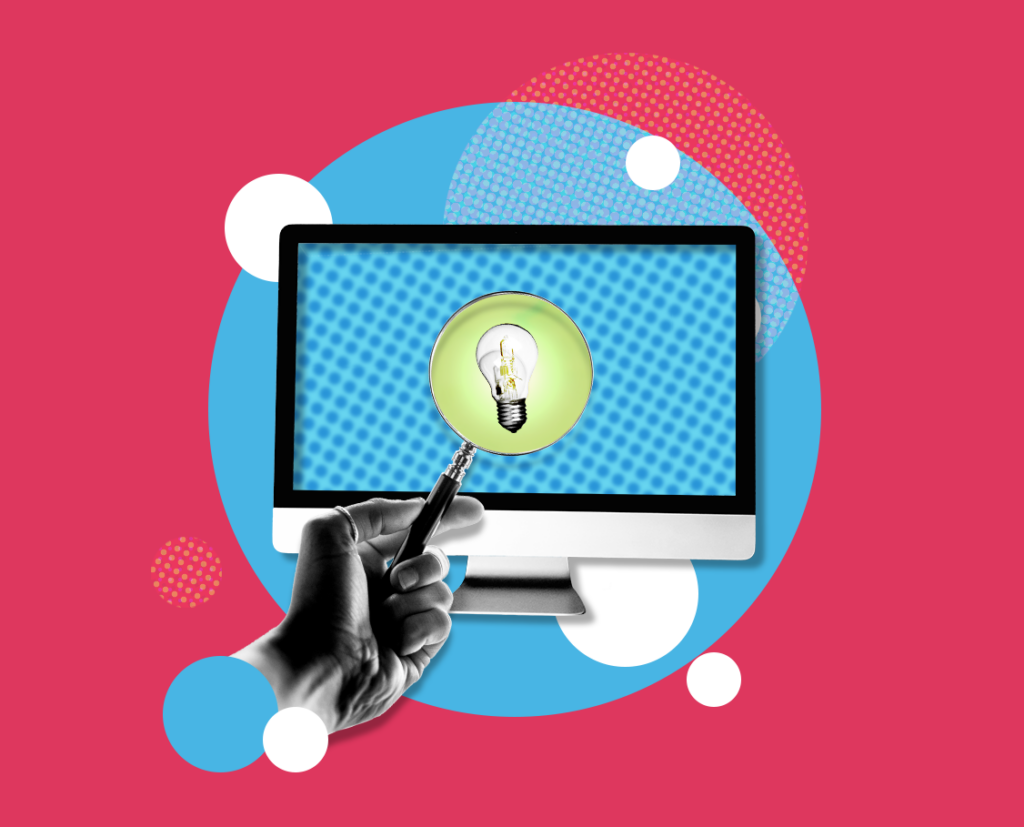
Properly integrating your suite of tools allows you to see how your marketing tactics and content are performing in real-time and over the long-term. This performance data reveals what kind of content resonates with your audience most, helping you give them more of what they want and less of what they don’t in future campaigns.
When measuring your performance across channels it is important to look at paid, earned, shared, and owned channels since the metrics and the data will look different depending on the channels you’re using/measuring. It’s equally important to know what you’re looking to accomplish across all the channels that you choose. Only then can you measure progress toward your goals and make informed course corrections and adjustments. Below is a quick summary of the important metrics to monitor in each channel of the PESO model.

When looking at SHARED channels, look for:
- Shares across social media channels
- Viral reach
- Positive mentions + reviews
- Mentions + engagement with relevant communities

When looking at OWNED channels, look for:
- Unique visitors
- Time spent on your page + click-through rate
- Engagement rate
- Reach

When looking at EARNED channels, look for:
- Positive press mentions
- Positive brand sentiment
- Reach
- Clicks from back-links
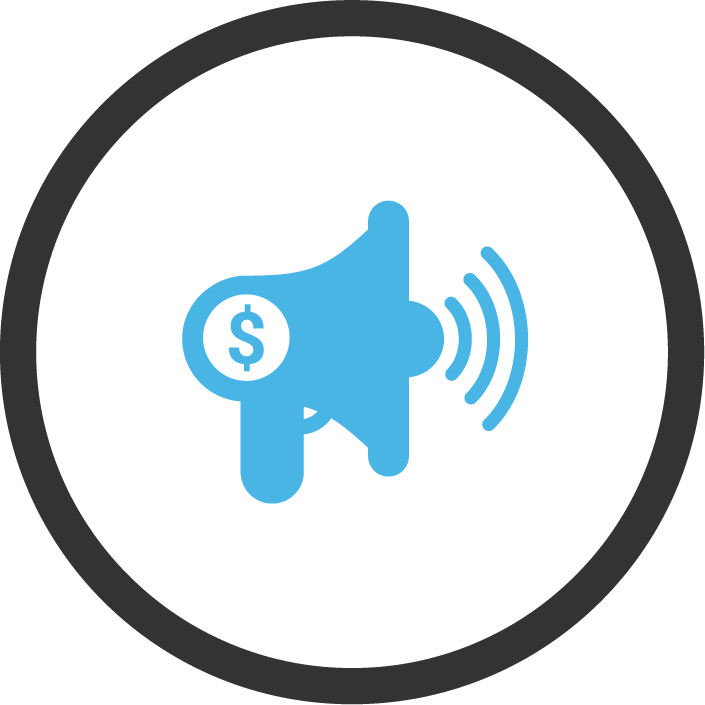
When looking at PAID channels, look for:
- Cost per click
- Cost per impression
- Conversion rate
- Ad engagement metrics (likes, clicks, shares)
5. Increase Your Business’s Reach

Integrated digital marketing helps to expand your reach by engaging your audiences directly — where they are and in ways that they find valuable, credible and non-intrusive. By using the right mix of channels, tactics and content for your specific organization and audiences, integrated digital marketing can help you overcome many of the common challenges we’re all facing today, achieve more of your objectives and give you meaningful, real-time insights into every aspect of your communications program.
Get in touch with us to learn more about how we can help you audit your current communications infrastructure, ramp up your marketing efforts, and make a difference for your organization!


